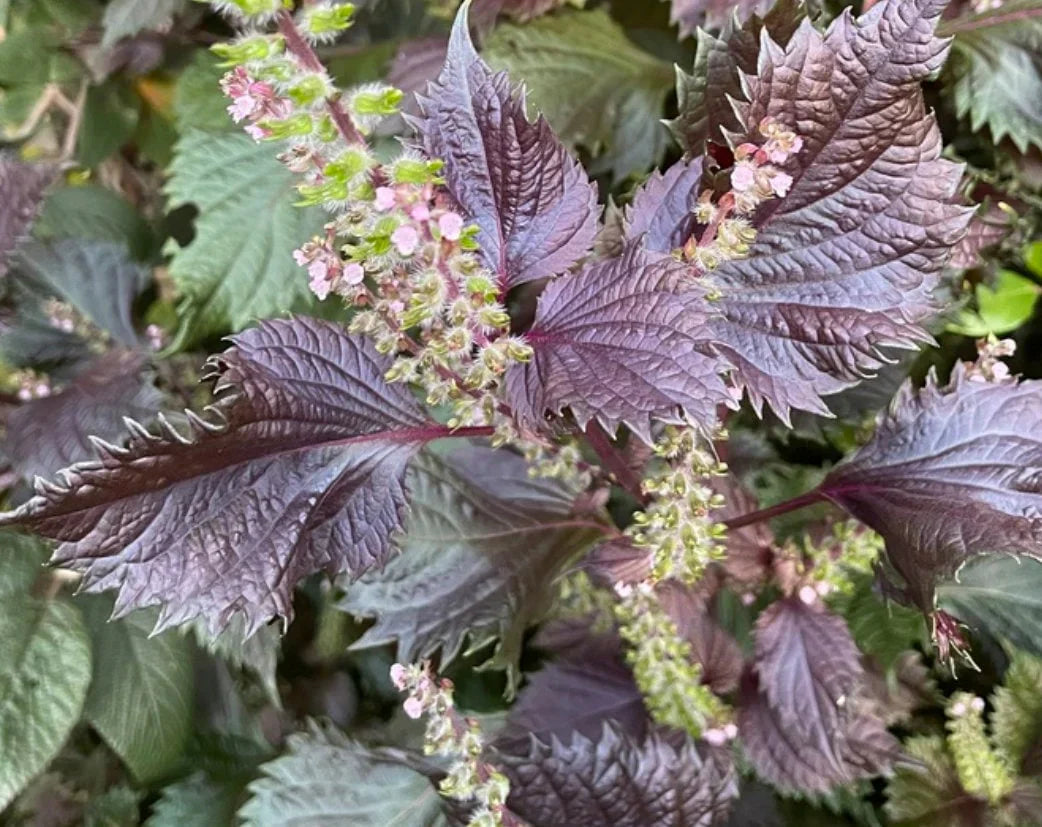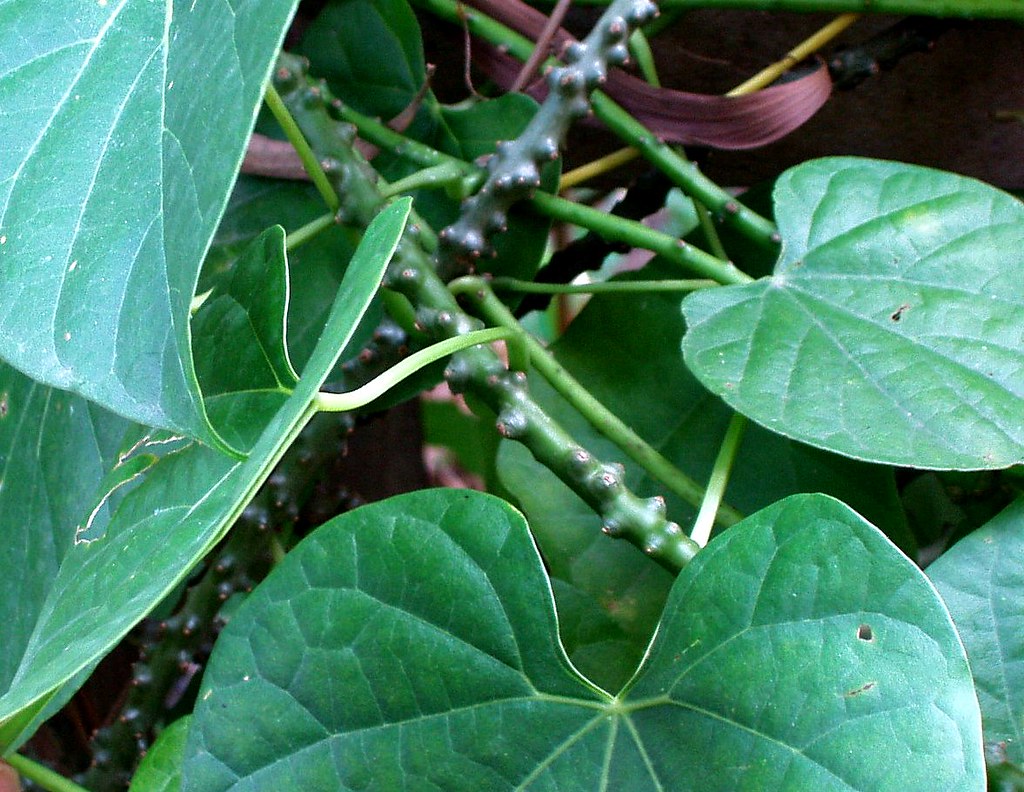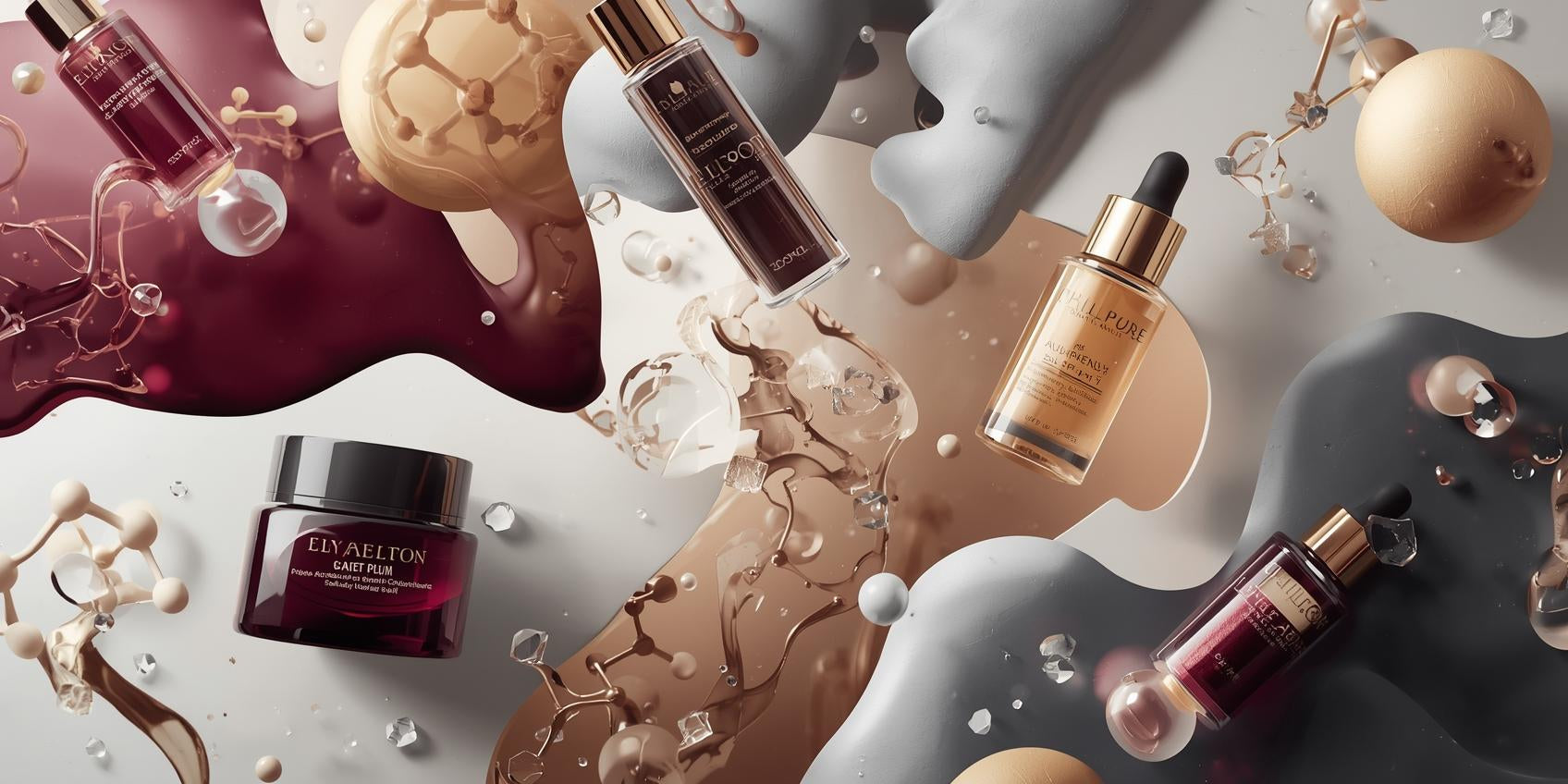If your brief calls for clearer, calmer-looking skin without going heavy on actives, Rhinacanthus nasutus Leaf Extract (often called snake jasmine) is a tidy addition. Traditionally used across South and Southeast Asia for problem skin, this leaf extract brings a smart mix of soothing, antioxidant and purifying benefits that slot neatly into modern gels, toners and light lotions. On top of that, suppliers highlight broad care properties—anti-inflammatory, anti-allergic, antifungal and antiviral—making it a versatile pick for “reset and defend” formulas.
What it does
-
Soothes the feel of stressed skin: Helps take down the look of redness and post-cleansing tightness so skin reads calmer and more comfortable.
-
Daily defence: Polyphenols and characteristic naphthoquinones (notably the rhinacanthins) provide antioxidant backup against urban stressors like UV exposure and pollution—useful for dull, easily ruffled complexions.
-
Clarifying support: In vitro work reports antimicrobial activity against common skin flora linked to congestion (e.g., S. epidermidis, P. acnes)—handy for oily T-zones and scalp freshness in cosmetic use. (Cosmetic scope only; not a drug claim.)
Where it shines
-
Face: hydrating toners/essences, gel serums, lightweight moisturisers and sheet-mask essences aimed at comfort + clarity.
-
Targeted resets: post-workout mists, post-sun gels and “city skin” recovery routines.
-
Scalp & body: micellar shampoos and scalp tonics for a clean, balanced afterfeel; gentle purifying body washes.
It layers well with glycerin, betaine or propanediol (hydration), panthenol/allantoin (barrier comfort), niacinamide (tone/strength) and calmers like Centella or green tea. One supplier even blends it with propylene glycol for deeper hydration in ready-to-use extracts.
Formulation notes (for the chem-curious)
-
Format & INCI: Usually supplied as a water/glycerin (or PG) extract labelled Rhinacanthus nasutus Leaf Extract.
-
Use levels: Commonly 0.2–2% in leave-ons; up to 5–10% in rinse-offs/masks (follow your supplier’s spec).
-
pH & processing: Aim for pH 4.5–6.5; add in cool-down to protect phenolics and colour.
-
Stability: Pale yellow to brown-green; protect from light and air. If your water is mineral-rich, include a chelator (GLDA/EDTA) to keep clarity and tone on point.
-
Compatibility: Plays nicely with common emulsifiers/surfactants and gentle exfoliation schedules; keep overall irritation load sensible.
Skin types & suitability
-
Best for: normal, combination and oily skin; also a great T-zone tuner for otherwise dry types.
-
Sensitive-leaning: Generally well tolerated when the total formula is gentle and fragrance kept modest. Patch testing is smart if you’re highly reactive.
-
Ethics: Plant-derived and typically vegan/cruelty-free (confirm certifications with your supplier).
Real-world claims you can support
Soothing/anti-inflammatory feel, helps defend against environmental stress (antioxidant), helps purify and clarify the look of skin, supports a healthy-looking barrier, naturally derived/vegan/cruelty-free. Always align claims to your market and your specific extract’s test data.
Properties
Anti-inflammatory, Anti-allergic, Anti-fungal, Anti-virus
INCI Name
Rhinacanthus nasutus Leaf Extract




